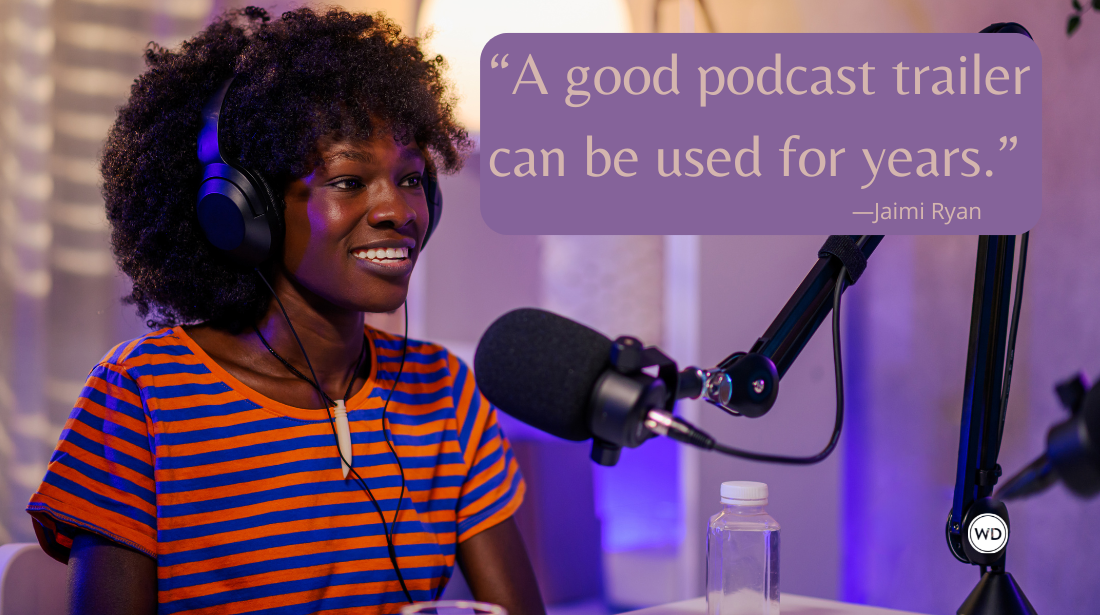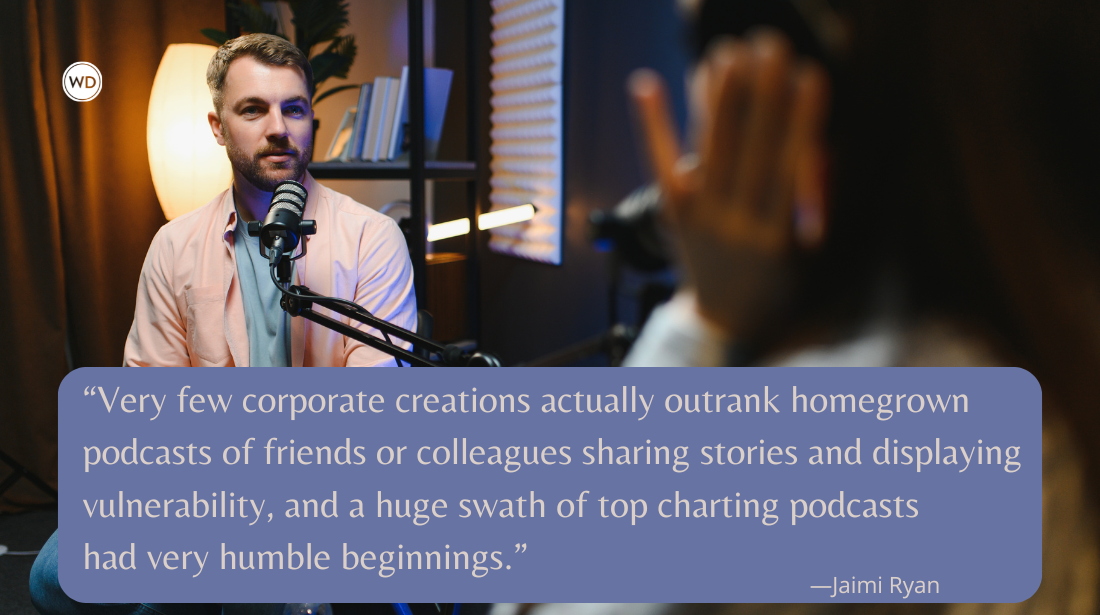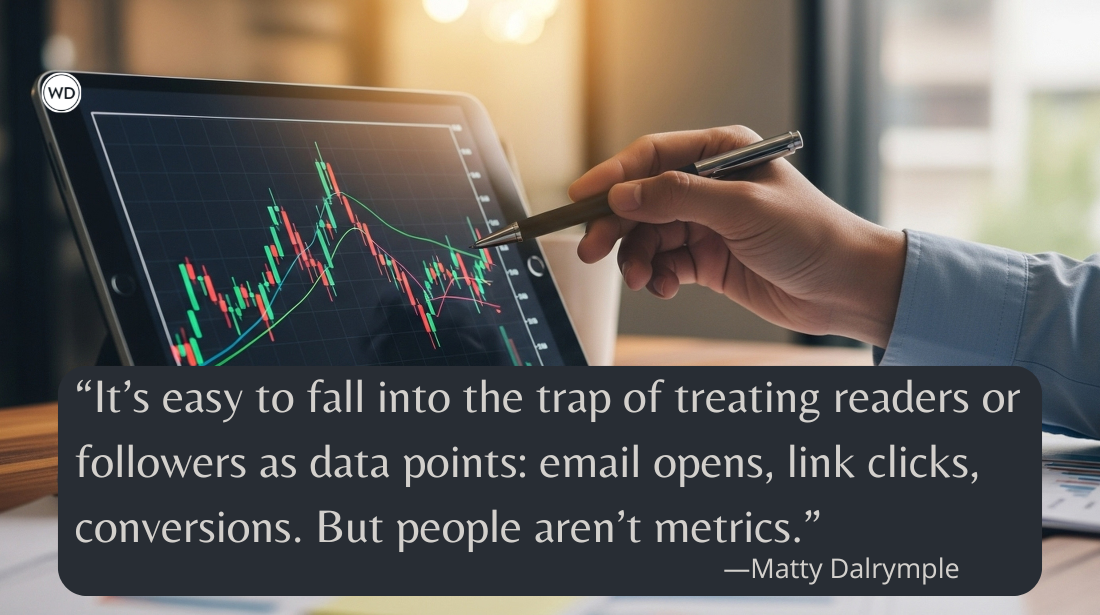The Chaotically Seductive Path to Persuasive Copy
In this article, author, writing coach, and copywriter David Pennington teaches you the simple secrets of excellent copywriting.
I have worked with a legion of solopreneurs and small business owners; each stopped cold at the same word: copywriting. After a handful of searches for guides and how-tos, they are targeted by hundreds of ads for free guides and premium courses designed to teach them how to write “amazing copywriting, overnight.”
Apparently, there are just three simple writing hacks to create lifelong customers. Get access to this guide now before the sun sets on your future. Time is running out on this once-in-a-lifetime offer.
And so on.
There isn’t a guide, course, or Google search that will help you if you need riveting, persuasive writing by this time tomorrow. Do yourself a favor and hire a copywriter. A good copywriter will be far more expensive than you think; it will be worth it. If you have the time, a crash course will do wonders for your persuasive writing learning curve.
I hate to be the one to tell you this: There are no rules to persuasive writing. There are no industry secrets, hidden techniques, or cheat codes to effective copywriting or keeping your readers engaged. There isn’t a “best copywriting course.” If you’re lucky, you’ll find your way to a decent enough crash course where you can experiment, go wild, and have fun with the thing. When it comes to persuasive writing, few will tell you how there is nothing new to learn. Just by reading this, you have the tools you need: language.
All language starts as persuasion. Cavemen used a series of grunts to warn of predatory tigers. Children figure out how to communicate to get what they need to appease their needs. Securing jobs, mates, groceries, entertainment—all acts of language. The best and worst of our kind use language to get others to do our bidding. Call in persuasion, call it manipulation—it is language all the same.
But if we all use and comprehend language, then how is it we aren’t all masters of persuasion?
When we assume people pay attention to us the way we pay attention to them, persuasion falls apart. This isn’t a game of quid pro quo. We can all understand what others say, but we’ll be damned if we know how they tell it to us.
Instant Appeal, Overnight!
When is writing persuasive? When the reader buys in. Not just buying into your product, but buying into you and your message. Persuasive writing works when they come back for next week’s episode or the next book in the series. It works when they open email after email and engage with your content. More subtly, it shows when readers work their way from page to page, onto the next paragraph, into the next sentence. Persuasive writing gives readers permission to engage and a reason to stay to the end of the page, the story, and the pitch.
How hard is it to buy in? You can always lower the bar, simplify your language, or break up your sentences. Meet your audience where they thrive, and they will find a reason to follow you home.
Built for the Brave, the Bold, the Rulebreakers
There is an old chestnut about how you should pick apart competitor ads to see how they are going after your audience. Like most chestnuts, the digital age roasted this one.
Assume this: The ads you see likely don’t work. Just because they found their way to your feed doesn’t mean they are effective or worth the screen they take up. Anyone can buy an ad with their own creative and target it directly to anyone in the world.
They won't tell you this: Ads work best when you don’t notice them working. Consider the logic of how a specific brand of shampoo came to balance itself on your shower shelf. You likely can’t. You will find the best ads in the world listed on your shopping receipt. Forget the competition, pick apart the ads from the brands who got your money.
It’s Time to Take Action…
There is an old sales trick: Get them saying “yes.” The idea is to ask your prospective client a series of questions, regardless of topic, that will yield positive and agreeable answers. If you say “yes” five times, you’re likely to say it a sixth. Are your readers saying yes?
The goal of persuasive writing is to get someone to do something. Whether it is to subscribe to your mailing list or commit to changing their lives, they have to do something, to take action. In other words: Use verbs in the active tense.
Language is influenced by our grey matter and vice versa. Armchair psychology tells us getting people to do something starts with telling them to do something. This is as simple as writing instructions for your audience to follow. Read the word “duck,” and something lights up in your brain—you might need to duck down or take a punch, and your synapses prep themselves to take action.
No one wants to take a punch. Then again, maybe it’s just time to feel the ducks?
Lab-Tested, Mom-Approved
Use the sword to cut both ways. Anyone can target an ad to you, and you can show your copy to anyone else. Is your writing persuasive? Is your copy effective? Drop ten bucks on it to find out. Test it with a thousand people, learn from your triumphs and mistakes, and test with another thousand. Small business owners all over the world, usually without the guidance of copywriters, push out millions of ads every day to find out what might work. Why not do the same?
Every test of your writing, of your copy, is a chance to create a new draft and rephrase what you are trying to say. On a long enough timeline, the copy you write turns from why you would buy your product to why someone else would.
Can I Be Frank With You?
We all want the real, authentic, tangible, and genuine. In most cases, we’ll pay more for it.
Persuasion falls apart when you recognize the other person only wants one thing from you. Like a used car salesman with a lemon on their lot: Yry too hard and you come off as insincere. We stop talking to our high school friends when they message us with a great new business opportunity or when family guilts us into traveling for the holidays. With sincerity, the audience wants to buy-in to you.
Were persuasion easy, everyone would get what they wanted. There is no shortcutting the practice and experience needed to craft compelling and persuasive copy, but you can blaze your own path. The only guide you need along your course is the answer to the question: Is the reader buying in?
David Pennington is an author, writing coach, and copywriter who is on a mission to improve the way we all tell our stories. He offers direct, often humorous advice that cuts straight to the heart-of-the-matter to help writers, marketers, and copywriters tell deeper, more-connected stories to better convey their message.









